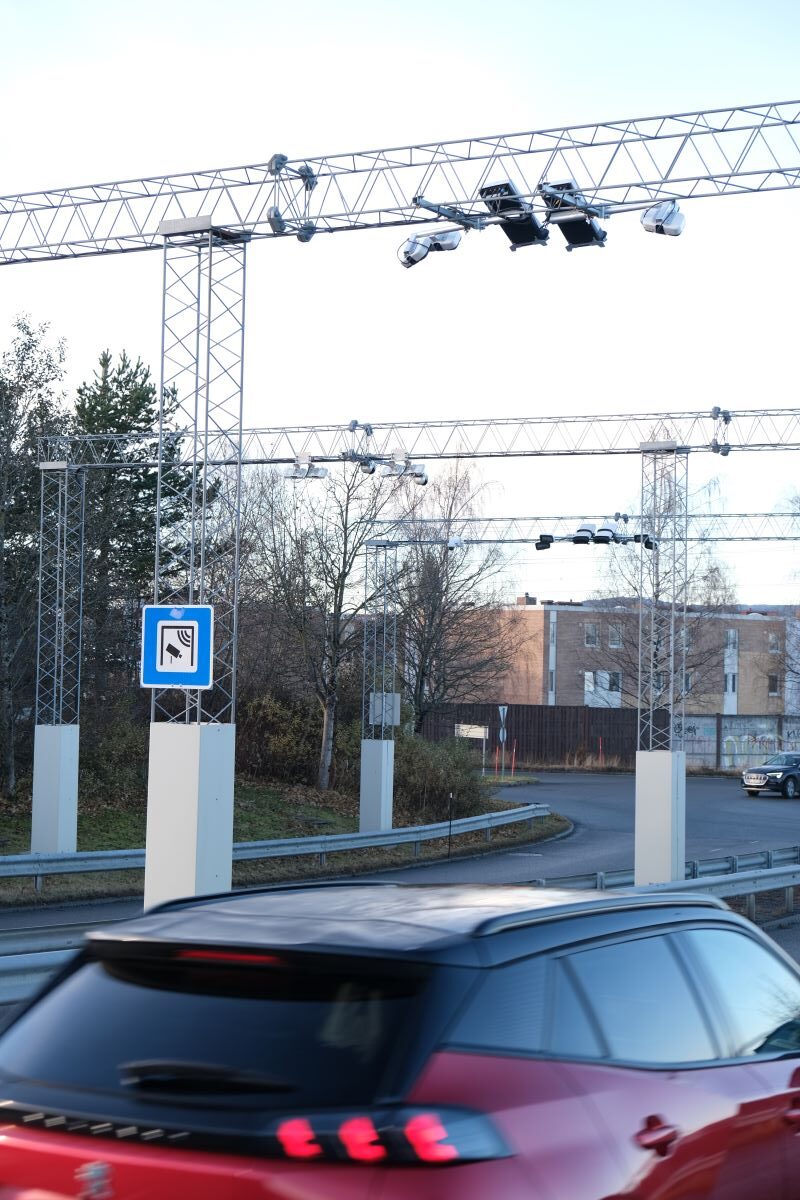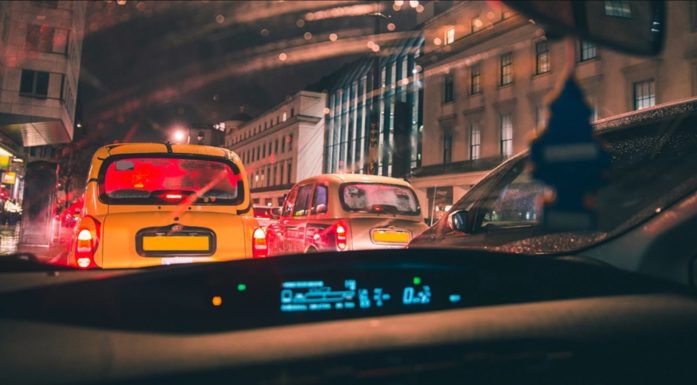Technology focused motorists are positive to road pricing
Road pricing may soon be replacing toll charges on Norwegian roads. But researchers still don’t know if this will help to reduce and regulate road traffic.
If Norwegian motorists are to continue to pay to use the road network, the state will have to find something other than fuel taxes as a means of collecting its revenues. The obvious alternative is to adopt road pricing and a system of mileage rates.
Currently, the Norwegian state collects NOK 15 billion from motorists in the form of fuel taxes. These taxes are intended to compensate in part for costs due to air pollution, noise, road wear, traffic congestion and accidents. The problem is that these revenues are rapidly diminishing now that almost all new car sales are of electric vehicles. From 2025 it will be prohibited in Norway to sell new petrol-driven passenger cars, and the same will apply in the EU from 2035.
Toll charges are not very popular, especially among motorists who live close to toll stations through which they have to pass on almost every journey. Currently, the Norwegian authorities are seriously evaluating the introduction of a road pricing system based on mileage rates.
“The principle behind road pricing is that you pay according to how much you use the roads”, says Petter Arnesen, who is a Senior Research Scientist at SINTEF Community, specialising in mobility issues.
SINTEF and the traffic management company Q-Free are now planning to run trials of a new road pricing technology.
Studies for the government
In the so-called Hurdal Declaration, published by the current coalition government led by Prime Minister Støre in 2021, it states that the government would evaluate alternatives to the existing toll system. In November 2022, the Ministries of Finance and Transport together launched a formal concept study. SINTEF has already completed two projects focusing on road pricing in collaboration with Q-Free and the Norwegian Public Roads Administration.

Toll stations are not very popular. There are strong indications that a road pricing system will soon replace existing toll charges. Photo: Svein Inge Meland
“Among other things, we’ve been testing a technology based on the use of satellites (Global Navigation Satellite System/GNSS), which has proved to work very well”, says Arnesen. “It records how far a vehicle has driven and then sends the data to an invoicing centre”, he explains.
– Do you know what motorists think about the system?
“We’ve carried out surveys among those who agreed to participate in the trials”, says Arnesen. “They’re generally positive towards road pricing and say that it’s a fairer system. However, I should also say that these are motorists who are predisposed to look favourably on new technologies, and thus may not be entirely representative of the population as a whole”, he says.
New technology
In the most recent project, tests were carried out using a small computer, connected to an electrical source and equipped with an antenna and a mobile phone connection. This was regarded as very cumbersome. SINTEF, together with Q-Free, the Public Roads Administration and the road toll management company Skyttel AS, is currently conducting tests as part of a third project involving yet another new technology. Some countries in Europe have already introduced a variety of road pricing systems for heavy goods traffic, but these are poorly suited to standard vehicles. The new system will be tested using passenger cars in Oslo and Trondheim.
Smarter transponder tags
Q-Free is currently developing a device that looks very like the existing Norwegian ‘Autopass’ transponder tag. The new tag has a built-in satellite-based Global Positioning System (GPS) that records the location of the car at any given time. A small software program in the tag adds up the total number of kilometres driven in the various predefined price zones. The data needed to generate an invoice is then sent from the car via a mobile network to a road pricing centre.
“Only the number of kilometres driven in the various zones is transmitted from the car”, explains Ola Martin Lykkja, who is a Project Manager at Q-Free.
“Data on where and when you have been driving your car will not be transmitted”, says Lykkja. “This ensures that your personal privacy is better protected than with the current toll system, which records both where and when you have been driving. In order to check that all cars are equipped with a road pricing tag, check points will have to be installed along some roads, although there will be fewer of these than there are of the current toll stations”, he says.
The check points communicate digitally with the tag installed inside the car. A notification will be sent from the check point to the road pricing centre only when the location of the tag and its vehicle do not coincide, or if a tag cannot be detected. Unlike at current toll stations, vehicles that are in compliance will neither be recorded nor photographed.
Technology in place
Transponder tags used by the Autopass system are based on a Dedicated Short-Range Communications (DSRC) technology and require very little battery power. The new devices, however, will require more electricity because of the GPS tracker and need for mobile phone communication.
“The electronics is now in place, but we’ve yet to decide what the tags will look like”, says Lykkja. “The device requires more electricity, but we intend to make the system as efficient as possible. We’ll be conducting a pilot project next autumn”, he says.
A system of this kind will most certainly help to make motorists aware that the distances they drive have a direct link to the amounts they have to pay.
Dynamic system
Petter Arnesen believes that road pricing will provide us with a revealing picture of how much car use costs wider society in terms of factors such as road wear and pollution. Road pricing enables the road network to be divided into zones that can be changed at the touch of a button, making the opportunities for price differentiation virtually infinite – at least in terms of the technology. When, in 2019, the Norwegian Institute of Transport Economics recommended the introduction of road pricing, it also proposed that charges should be significantly higher in urban areas than in rural districts.
Arnesen emphasises that it is far from certain how effective road pricing will be in terms of reducing and regulating car use. On this issue, he believes, more research is needed.
“Of course, this will depend on the charging policy, but a system of this kind will most certainly help to make motorists aware that the distances they drive have a direct link to the amounts they have to pay”, he says.
Safeguarding personal privacy
In the past, personal privacy considerations have been used as a crucial argument against the introduction of road pricing. No-one likes the idea of the authorities knowing exactly where we are at any one time.
“The Norwegian Data Protection Authority has participated in our discussions about the development of this technology”, explains Arnesen. “We believe that it will succeed in safeguarding personal privacy because all recorded data relating to time and location will remain stored in the car and will be deleted as soon as the invoice is paid. The charge you pay is calculated inside the car, and the only data transmitted from the vehicle is that required by the authorities to prepare an invoice”, he says.
Arnesen believes that once the government decides to adopt road pricing, the technology could soon installed in all vehicles on Norwegian roads.





